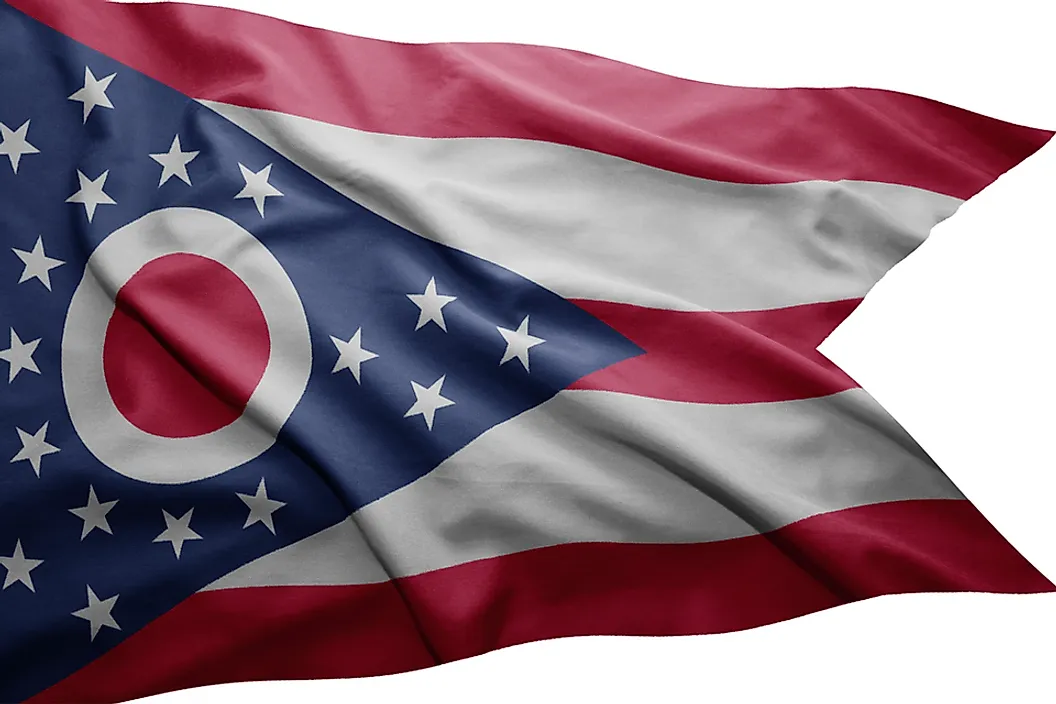What Is the Capital of Ohio?

Columbus is Ohio's state capital and the seat of Franklin County. It is Ohio’s largest city and the 14th biggest city in the United States. In 2016, Columbus was inhabited by 860,090 people, making it the nation's third most-populated state capital. Columbus ranks behind Chicago as the second biggest city in the mid-western region of the United States. Columbus was named by Money in 2016 as one of "The 6 Best Big Cities," based on its impressive growth in wages and a highly educated workforce.
History of the Capital of Ohio
Columbus was historically included in Ohio Country, which was a French colony from 1663 until 1763. Europeans frequented the area in the 18th century to engage in the fur trade. The region was the site of many battles in which the French, Native Americans, and Europeans sought to protect their interests. The Treaty of Paris (1763) allocated the territory to the British territory.
Ohio was included in the Virginia Military District after the American Revolution. However, rather than unoccupied land, colonialists discovered the Shawnee, Miami, Mingo, Wyandot, and Delaware nations, as well as European traders. The tribes engaged the colonialists in conflicts, and it was not until the signing of the Treaty of Greenville that new settlements sprang up. The first settlement was named Franklinton, and Columbus was built opposite this village. Columbus received its city charter on March 3, 1834, and eventually annexed Franklinton in 1837.
Geography of Columbus
The northwest region of Downtown Columbus is situated at the confluence of the Olentangy and Scioto Rivers. Some tributaries cut through the city's metropolitan area including Darby Creek, Alum Creek, and the Big Walnut Creek. Although the city is noted as having a relatively flat topography, there are notable differences in elevation across the region. The landscape of Columbus includes multiple ravines close to the creeks and rivers. The tributaries of the Olentangy River and Alum Creek cut through shale, while those to the Scioto River flow through limestone. Columbus occupies an area of 223.11 square miles, of which 5.94 square miles is water, and 217.12 square miles is land.
Demographics of Columbus
93.4% of the city's population in 1900 was white. In the recent years, the Columbus metropolitan area has accommodated increasing communities of Latin-Americans, Africans, and Asians, Mexicans, Somalis, Puerto Ricans, and Indians. As of 2004, Columbus had the country's second largest Somali-American and Somali community. The international student society of the Ohio State University further expands the city's diversity. in 2010, 61.5% of the inhabitants of Columbus were Caucasian and 28% identified as either African American or Black.
Economy of Columbus
The capital city of Ohio boasts of a diverse and robust economy with sectors such as education, steel, health care, fashion, retail, insurance, logistics, food, medical research, aviation, and technology. The city's metropolitan area recorded a GDP of $94.7 billion in 2010, which was an improvement from the $90 billion in 2009 and $85.5 billion in 2006. The city was able to cushion itself from the recession, which commenced in late 2007 because of decades of diversification activities implemented by business and political leaders and longtime corporate inhabitants. There are plenty of government jobs in municipal, county, federal and state offices. Companies based in Columbus include Big Los, American Electric Power, Chemical Abstracts Service, and Donatos Pizza.
Government of Columbus
Columbus is governed by a mayor, in addition to a unicameral council of seven members. Among the officers elected by the people are city attorney, auditor, and municipal court judges. The mayor chooses the director of public service, in addition to the director of safety.











